How to Cat-Proof Your House - The Ultimate Guide
Before bringing a new kitty home, you want to make sure you’re giving her a safe place in which to live her best life. You also want to make sure you’ve stowed breakables out of reach and taken measures to keep your furniture from getting scratched up and covered in cat hair. That means it’s time to cat-proof your house.
Here are some handy tips to protect your cat from the dangerous things in your home, and to protect your home from your adorable but mischievous new cat!
Cat-Proofing Living Room
Your living room can be a scary place for kitties, where they can get tangled up in electrical cords or blinds, fall out an open window, or get stuck in a swinging door. But it’s not all about keeping the cat safe—it’s also about keeping your furniture safe from those kitty claws! Instead of declawing your cat, train her not to scratch and provide scratching posts as an alternative option.
Sofas/Couch
- Cover couches and sofas with plastic until your kitty learns not to scratch them.
- Keep a spray bottle or water pistol nearby so you can give your cat a quick squirt when she scratches the couch.
- Keep a scratching post and/or play area near the couch so your cat has an alternative when he needs to scratch or let out some pent-up energy.
Drapery and blinds
- Use window treatments that don’t have looped cords, or simply cut the loop.
- Tie cloth drapes out of your kitten’s reach until she’s trained to use a scratching post.
- To reduce the risk of your kitty getting tangled up or strangled in the window blind cords, either cut the cords, or fold and secure them with a rubber band.
- If you discover that your kitty loves mini-blinds, it may be time for new window treatments.
- Consider buying cat-proof blinds.
Windows and Screens
- Keep your window screens locked so your kitty doesn’t get stuck or fall out.
- Check your screens to make sure they don’t easily pop out under pressure.
- If the screen does pop out, either change it or only open the window a small crack.
- Put cat safety nets up when you need to open a window, or put the blinds down to deter your feline from going out.
- Consider buying cat-proof window screens that are harder to tear.
Vase
- Take down and/or hide breakable vases and knicknacks, even if you think your kitty can’t reach them.
- You may want to lock vases and breakables in a display cabinet.
- Keep vases away from the edge of furniture and shelves so they don’t fall on your fur baby.
Electrical Cords
- Electrical cords, cables, and phone chargers can all be dangerous to your kitty.
- Unplug cords you don’t use often.
- Cover electrical outlets and cords.
- Hide cords under rugs or behind furniture.
- Consider investing in cord protectors.
- If there are any cords you can’t remove from your cat’s reach, tape them down.
- You can also try spraying cords with lemon or lavender-scented spray.
- Give your kitty other (safer) things to chew on.
Door
- Be careful with swinging doors so you don’t trap your kitty’s head.
- Shut and secure all doors that lead outside.
- If your cat can open doors, replace the door handle with a door knob or turn the door handle 90 degrees upward.
- You may also be able to train your cat to wait for you to walk through the door.
Furniture
- Put a cat tree or scratching post next to the bookshelf so your kitty has something else to climb on.
- Push your bookshelves as close to the wall as possible to keep your fur baby from hiding behind them.
- Secure any top-heavy or unstable furniture to the wall so it doesn’t fall on your kitty.
- Before reclining, always check for kitties so you don’t accidentally hit or trap your cat.
Cat-Proofing Bedroom
You love snuggling up with your kitty at night. You just don’t love the hairballs she leaves all over your bed. Here are some tips to keep your mattress, pillows, and bed as cat-free as possible.
Mattress/ Mattress Protector
- Get a mattress protector to keep your kitty off your mattress and protect against germs and dust.
- Consider getting pillow protectors so cat hair doesn’t get stuck in your pillows.
Bed
- If you can, get a bed with a metal or wooden frame so your kitty isn’t tempted to scratch it.
- If your cat sleeps with or near you, put a cat scratcher near your bed.
- You may also want to put a cat bed in your room to keep your kitty off your bed.
Cat-Proofing Kitchen
If your fur baby loves jumping up on the kitchen counter and climbing into the cabinets, you’ve got your work cut out for you.
Cabinets
- Keep cabinets, cupboards, and pantry doors closed.
- Put child-proof locks on cabinet doors for added safety.
- Medicine, plastic wrap, and cleaning supplies pose a hazard to your kitty. To be extra safe, keep these out of reach on the top shelf, and keep the door closed.
- Other foods that can poison your kitty include: alcohol, coffee, chocolate, grapes, and raisins.
Cat-Proofing Bathroom
It may be safest to keep the bathroom off limits to your fur baby, but if you absolutely have to let your kitty in the bathroom, you can at least keep it as hazard free as possible.
Dental floss
- Dental floss can be dangerous to kitties, so keep it in a closed cabinet and keep the garbage can covered.
- The same goes for string, rubber bands, hair ties, and yarn, all of which can easily strangle a kitty or cause digestive problems.
Toilet Seat
- Keep the toilet seat lid closed at all times so your kitty doesn’t fall in or take a nasty drink.
- Keep toilet bowl cleaners out of reach in a closed cabinet.
- Don’t use an automatic toilet bowl or automatic toilet bowl cleaner.
Cat-Proofing Laundry Room
Cats are notorious for getting stuck in washers and dryers, and unfortunately, that can turn ugly pretty quickly. But there’s no need to worry if you practice safe laundry-kitty habits.
Dryers/ Washing Machine
- Kitties love warm hideaways, so always check your washer and dryer before turning it on.
- Keep the washer and dryer closed when not using them.
- Keep fabric softener sheets and laundry pods out of your kitty’s reach, preferably in a sealed container or locked cupboard.
Cat-Proofing Balcony
If your kitty spots a bird or squirrel out on the balcony, the temptation to chase it is just too strong. You can cat-proof your balcony using a net or cat pen. If you keep plants on your balcony, make sure they aren’t toxic to cats. In fact, poisonous plants are the most common household risk for cats, so you’ll want to check all your house and yard plants to keep your kitty from snacking on something that’s not good for him.
House Plants
- Keep houseplants out of reach, preferably in a room your cat doesn’t have access to.
- Talk to your veterinarian before bringing home any new plants or flowers.
- Some good house plants that are not toxic to kitties are African violets, bamboo, and feather palm.
Poisonous Plants
- Certain plants are toxic to kitties, and can cause vomiting, kidney failure, lethargy, or even death.
- Poisonous plants include:
- Aloe vera
- Amaryllis
- Autumn crocus
- Azaleas
- Caladium
- Castor bean
- Chrysanthemums
- Cyclamen
- Daffodils
- English ivy
- Some types of ferns
- Foxgloves
- Kalanchoe
- Lilies
- Marijuana
- Mistletoe
- Narcissus
- Oleander
- Philodendron
- Poinsettia
- Pothos
- Rhododendron
- Sago palms
- Tulips
- Yew
- Lilies are the most common cause of plant poisoning, and can cause kidney failure.
- To be extra safe, consult your vet about whether or not a certain plant is poisonous, even if it’s not on this list.
Cat-Proofing Yard/Garden
If you plan to let your cat outside, you’ve got a lot of work to do. To keep the yard safe for your kitty, not only will you need to eliminate poisonous plants—you’ll also want to do away with pesticides and other dangerous chemicals.
Chemicals
- Keep chemicals like antifreeze, motor oil, and windshield fluid in a locked cabinet or somewhere out of your cat’s reach.
- Clean up puddles of antifreeze immediately, as these can be fatal to cats.
- Don’t use commercial ant and roach poison. Instead, opt for animal-safe insect repellent.
- Other toxic chemicals include rodent bait, snail poison, paint, herbicide, fertilizer, and insecticide.
- Don’t use rodent traps.
- If you don’t want to cat-proof your yard, keep your cat inside.
Garbage Can
- Keep your garbage, recycling, and compost cans covered, both indoors and outdoors, so your kitty doesn’t go digging through the trash.
- Plastic trash cans are safer for cats, since they don’t have sharp edges.
Follow these tips to keep your kitty safe, and you’re well on your way to becoming a responsible, happy cat parent.
SHOP CUSTOMER FAVORITES
MORE CAT TRAVEL RESOURCES & FUN
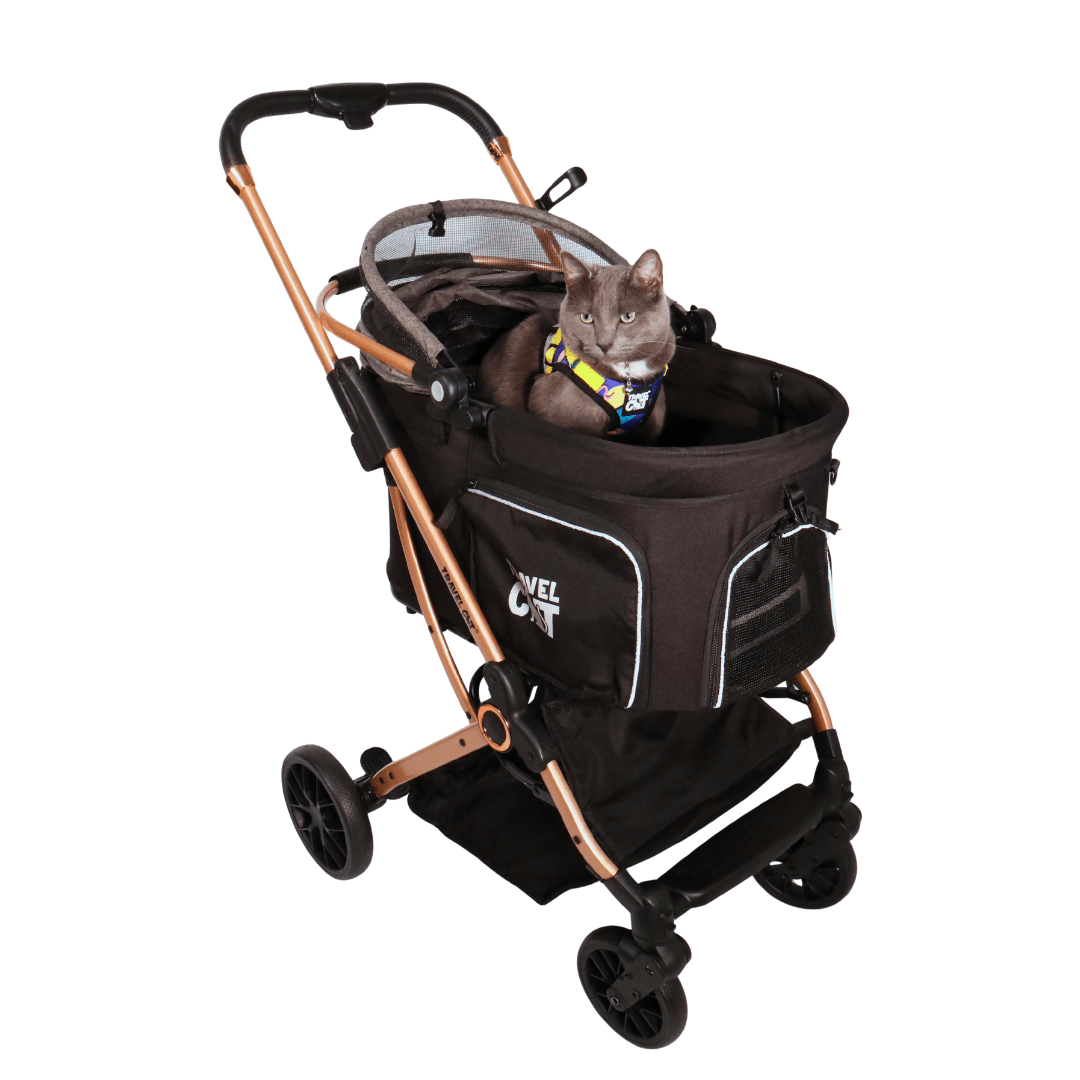
How to Get Your Cat to Love the Stroller
(Without bribes, begging, or betrayal) Let’s face it — cats aren’t known for embracing change. New toys? Suspicious. Rearranged furniture? Offensive. So when it comes to something as bold as a cat ...
Read more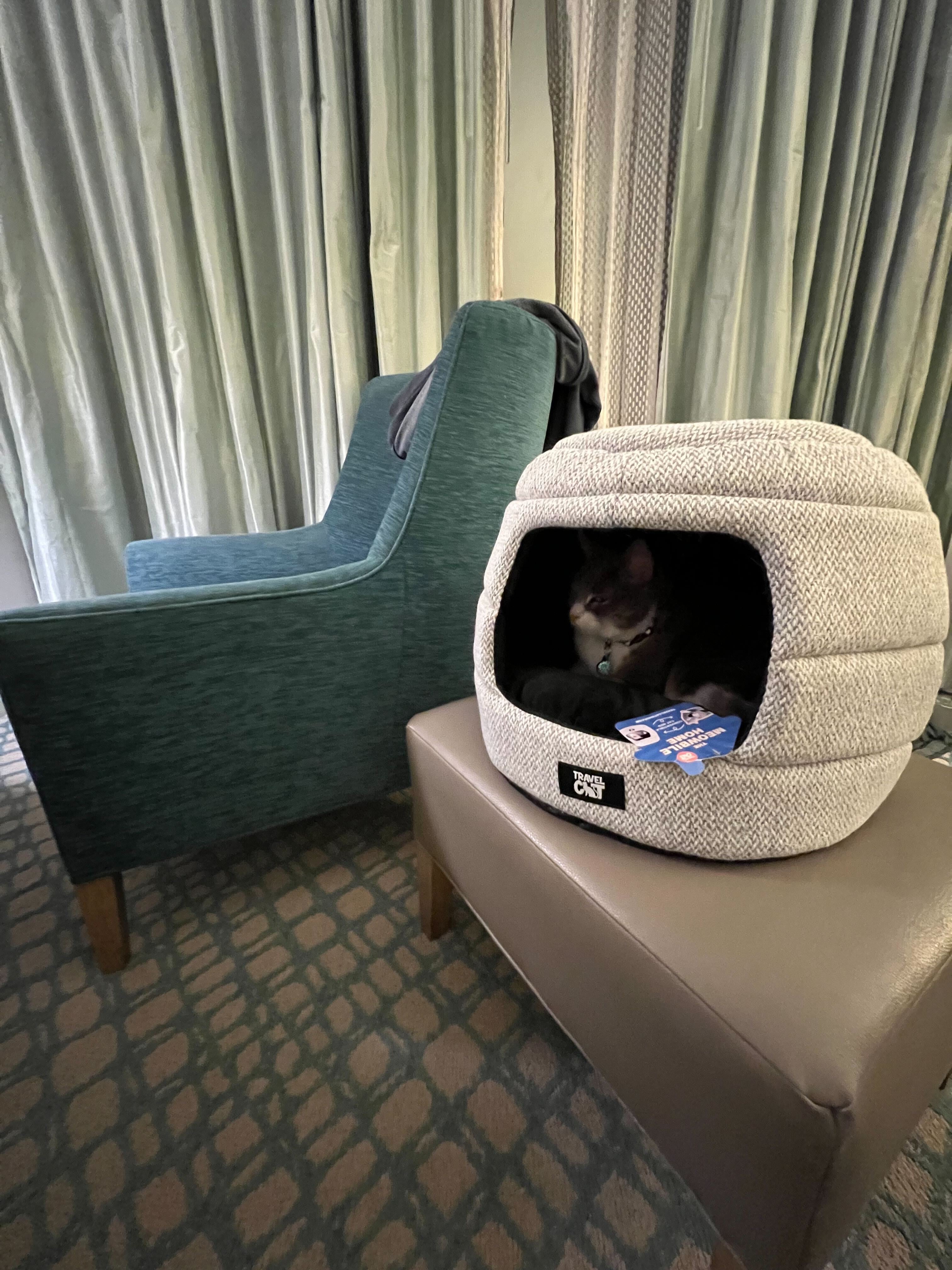
The Ultimate List of Cat-Friendly Hotels in the U.S. - More Than Just Pet-Friendly
Discover the best U.S. hotels that truly welcome cats. From big chains to campsites, this is the ultimate cat-friendly stay guide.
Read more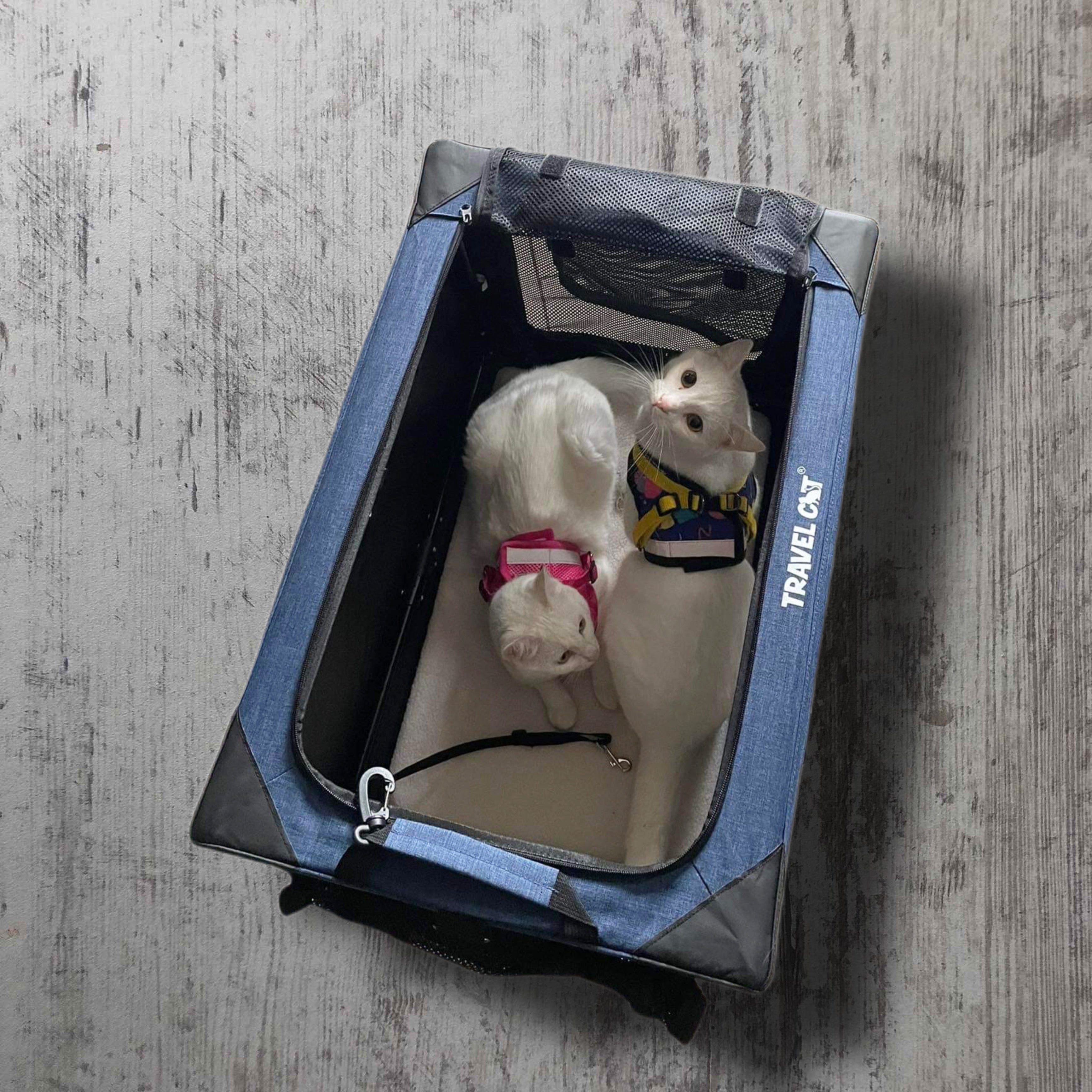
Your Purrfect Guide to Holiday Travel with a Cat: How to Take Your Pet with You Stress-Free
Whether you’re heading home or to a far off vacation, bringing your kitty along can be a challenge. But don’t worry—we’ve put together some trusty tips for traveling with your cat during the holidays.
Read more
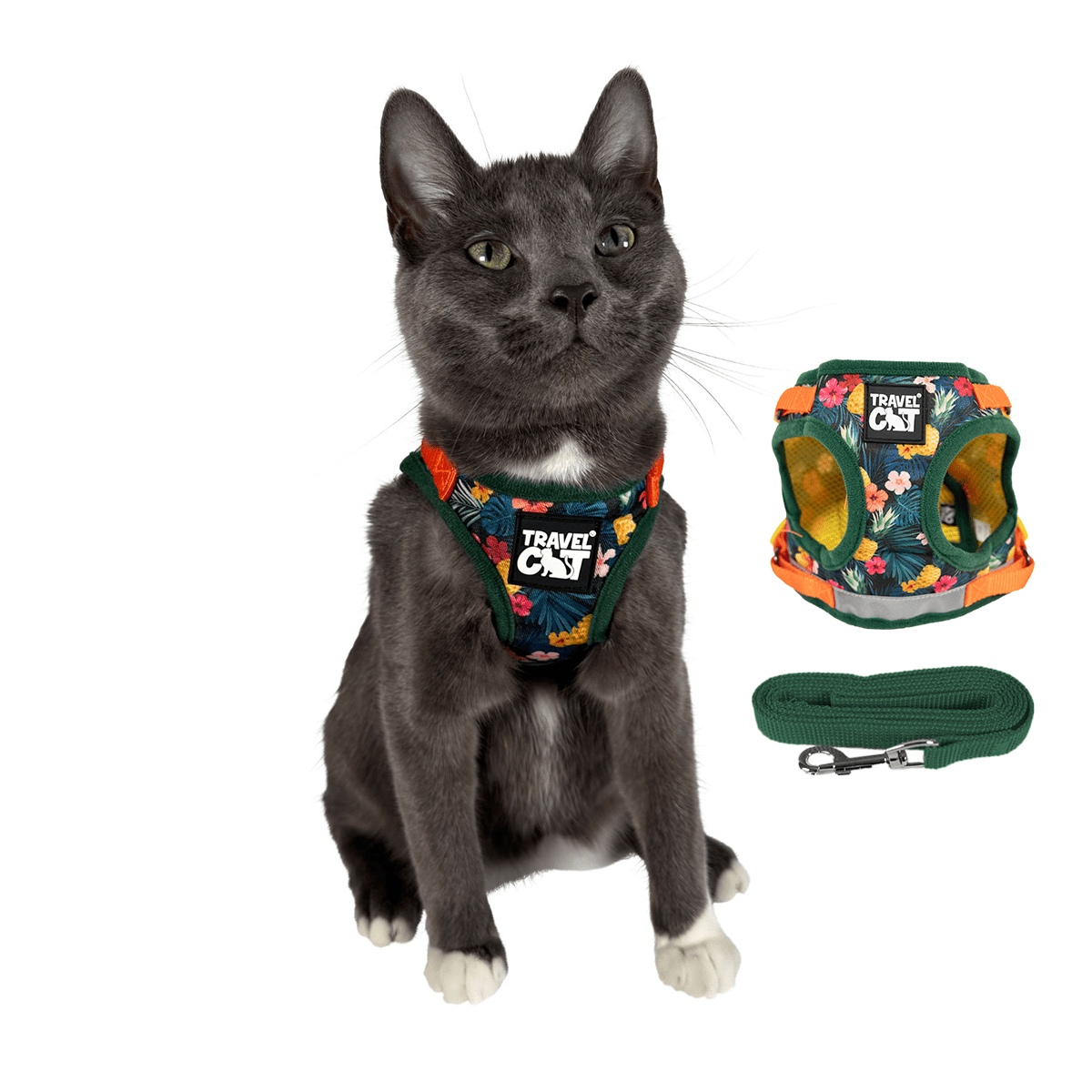
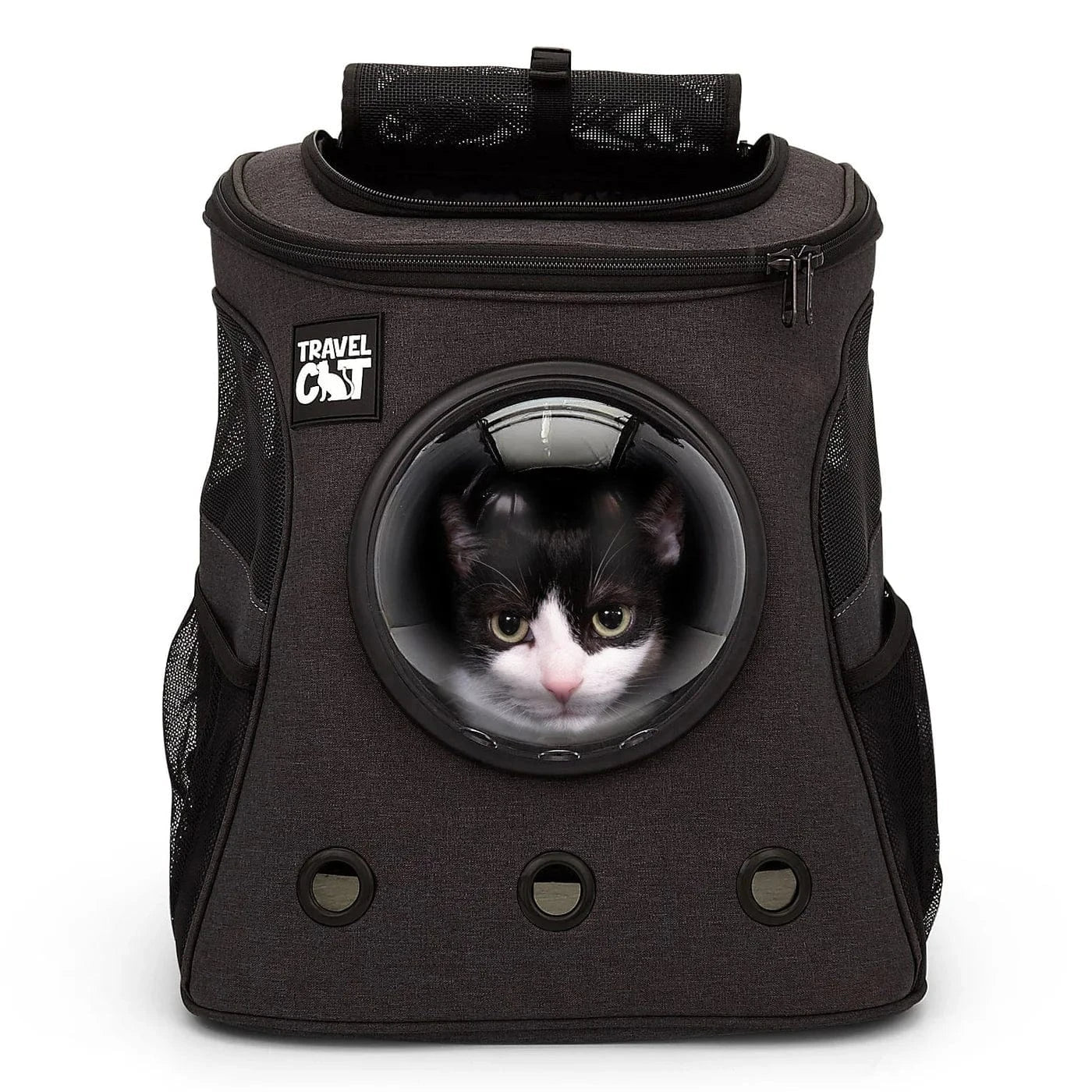
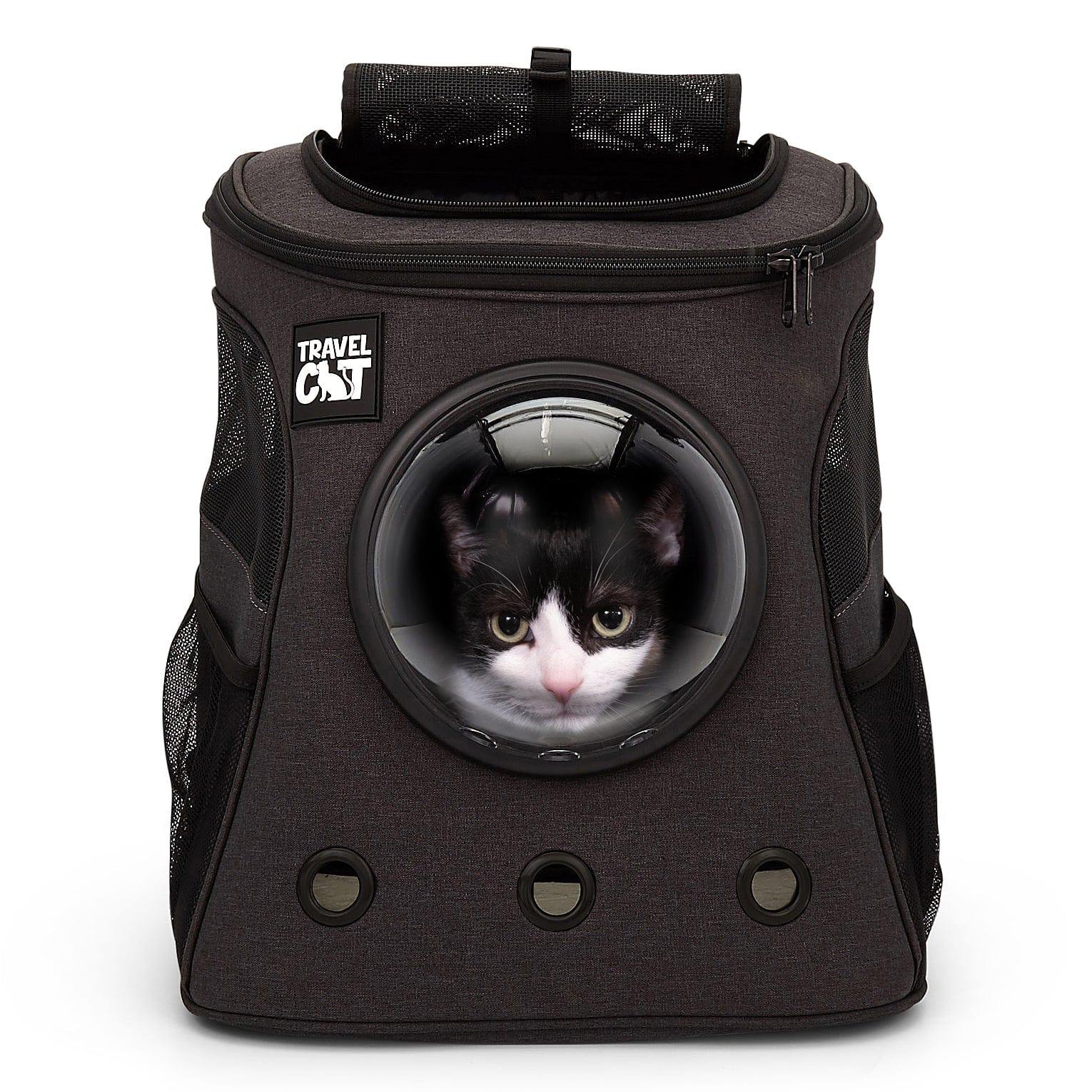
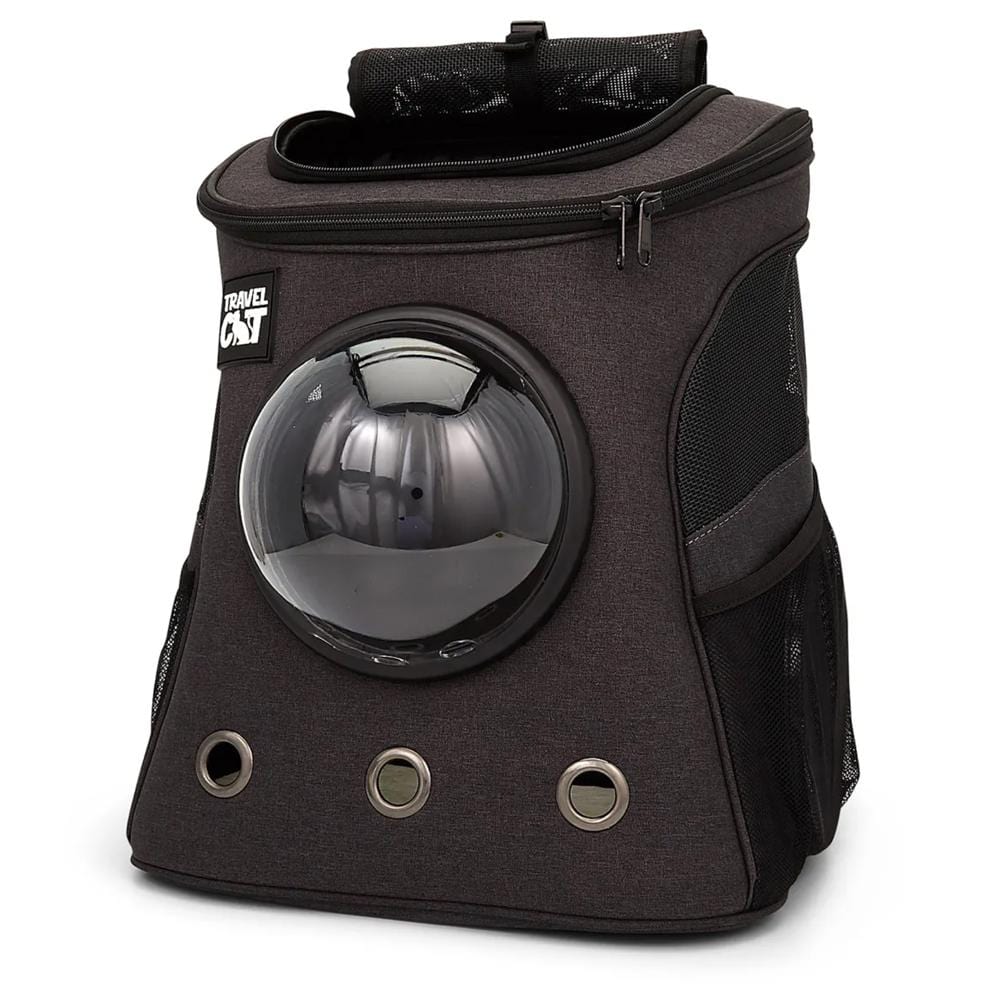
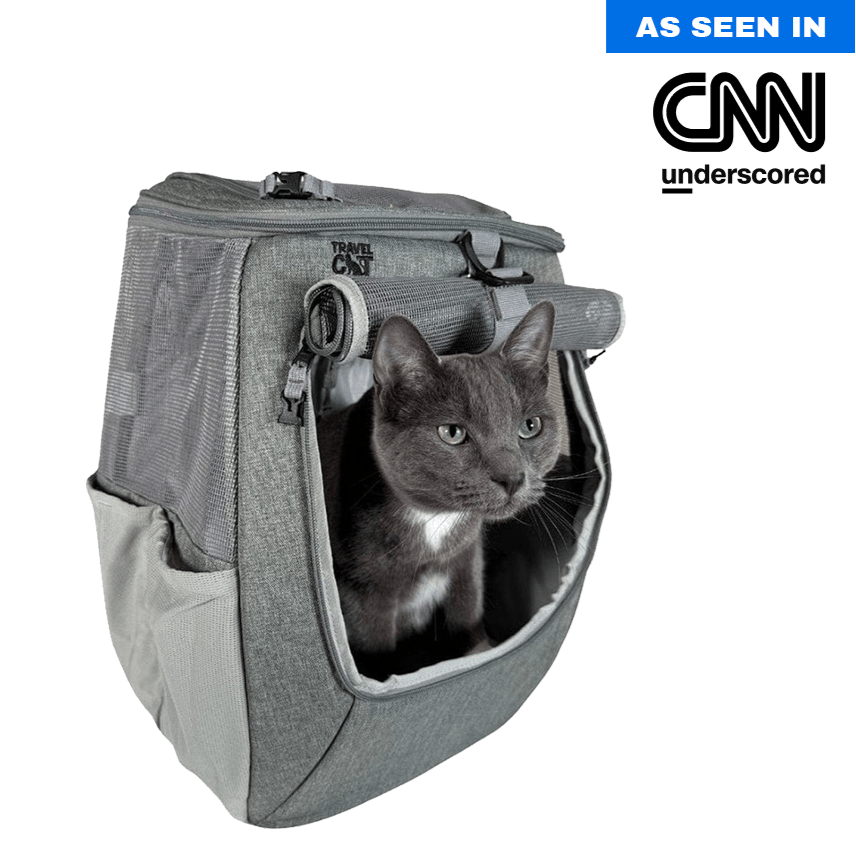
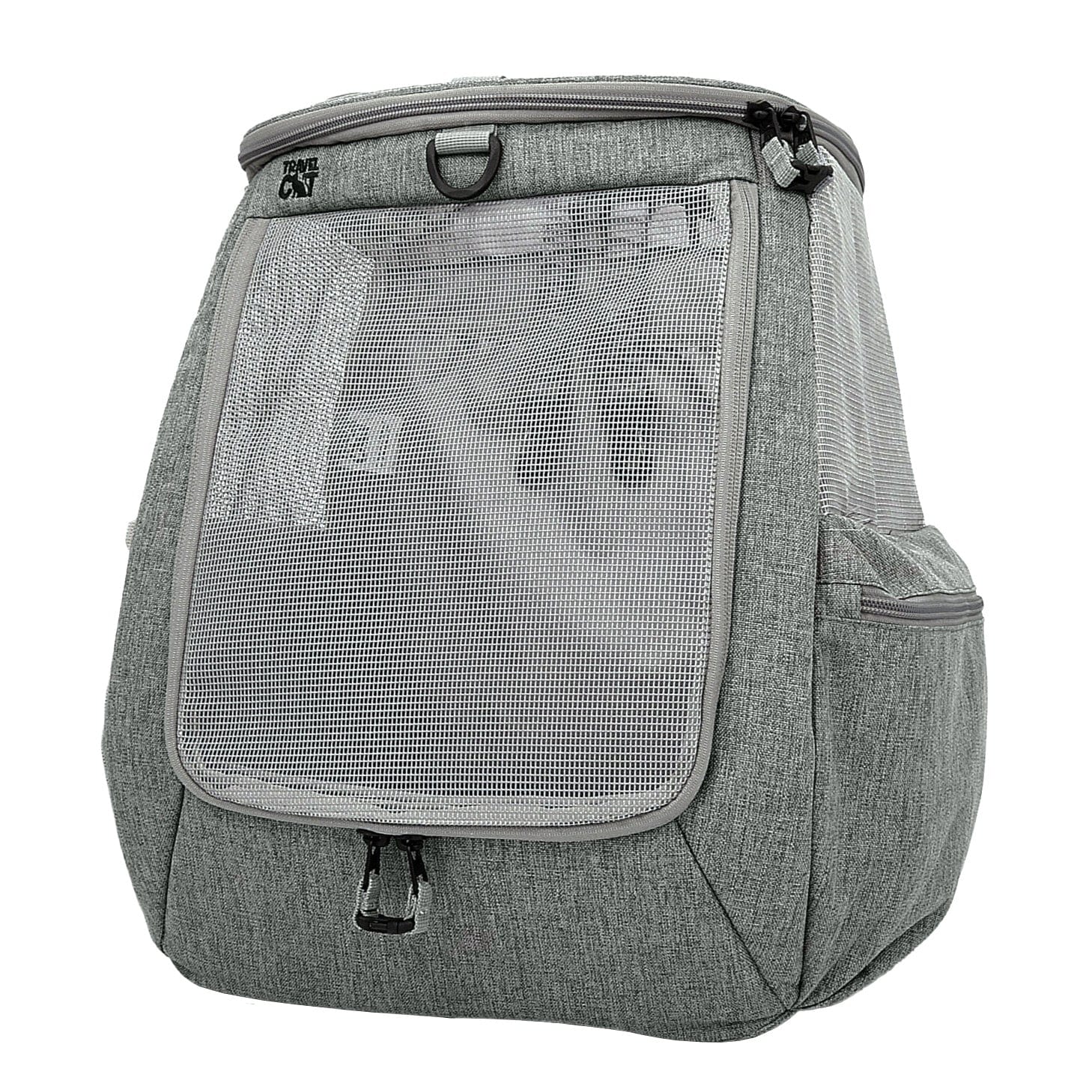
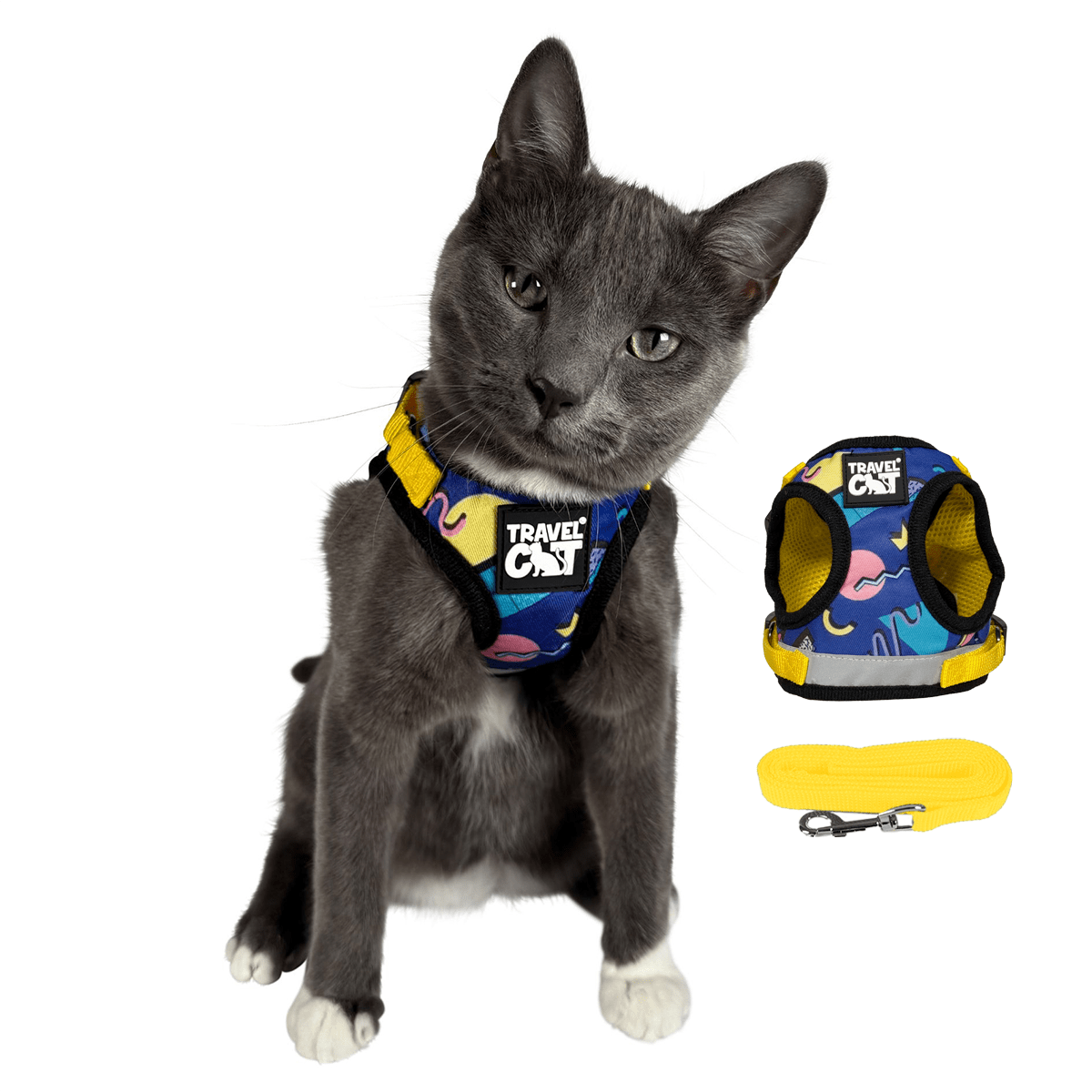
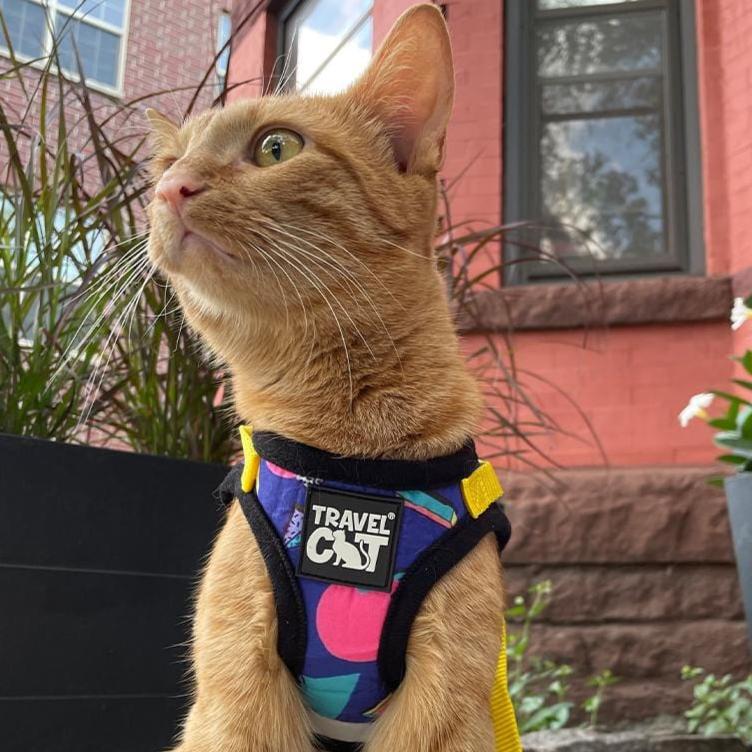
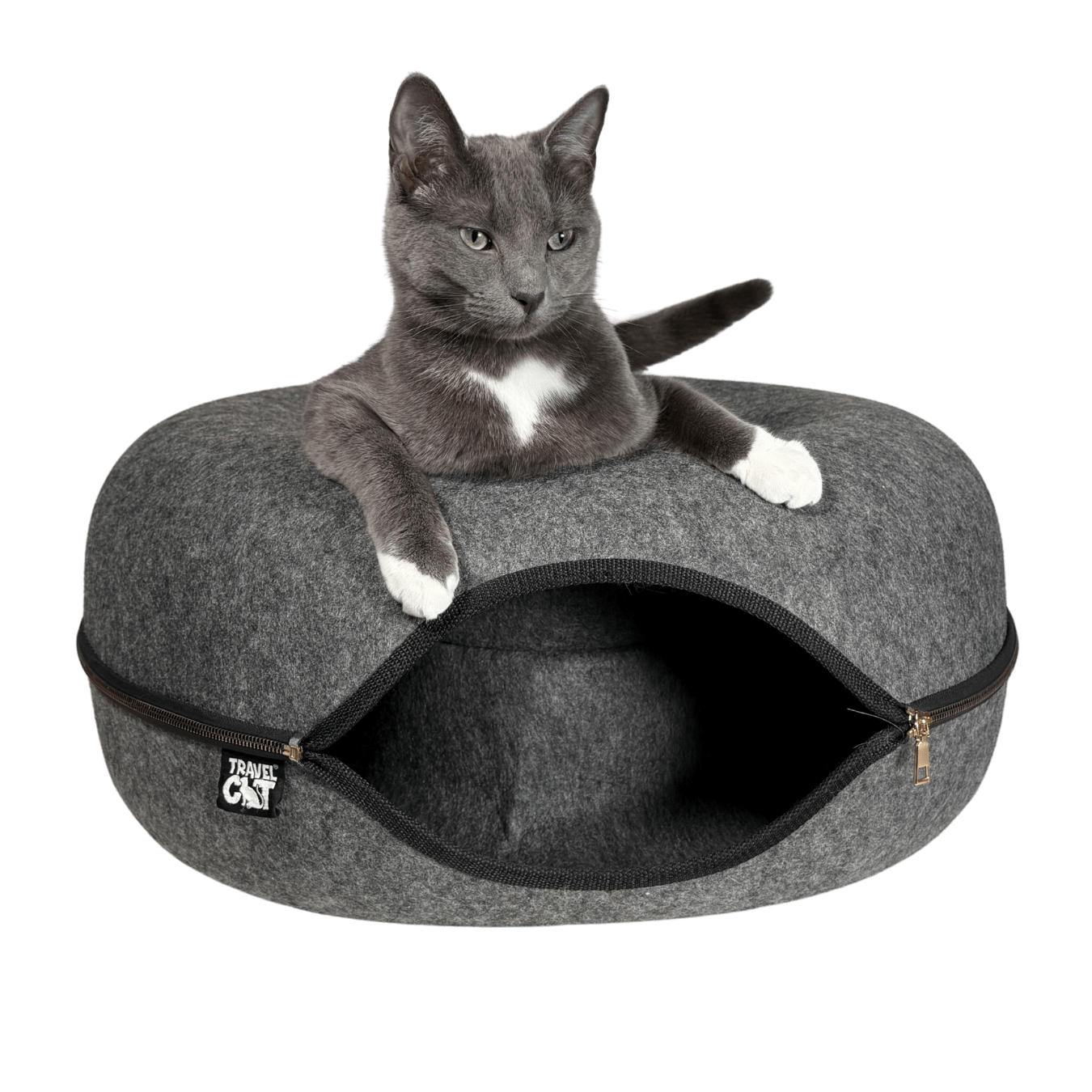
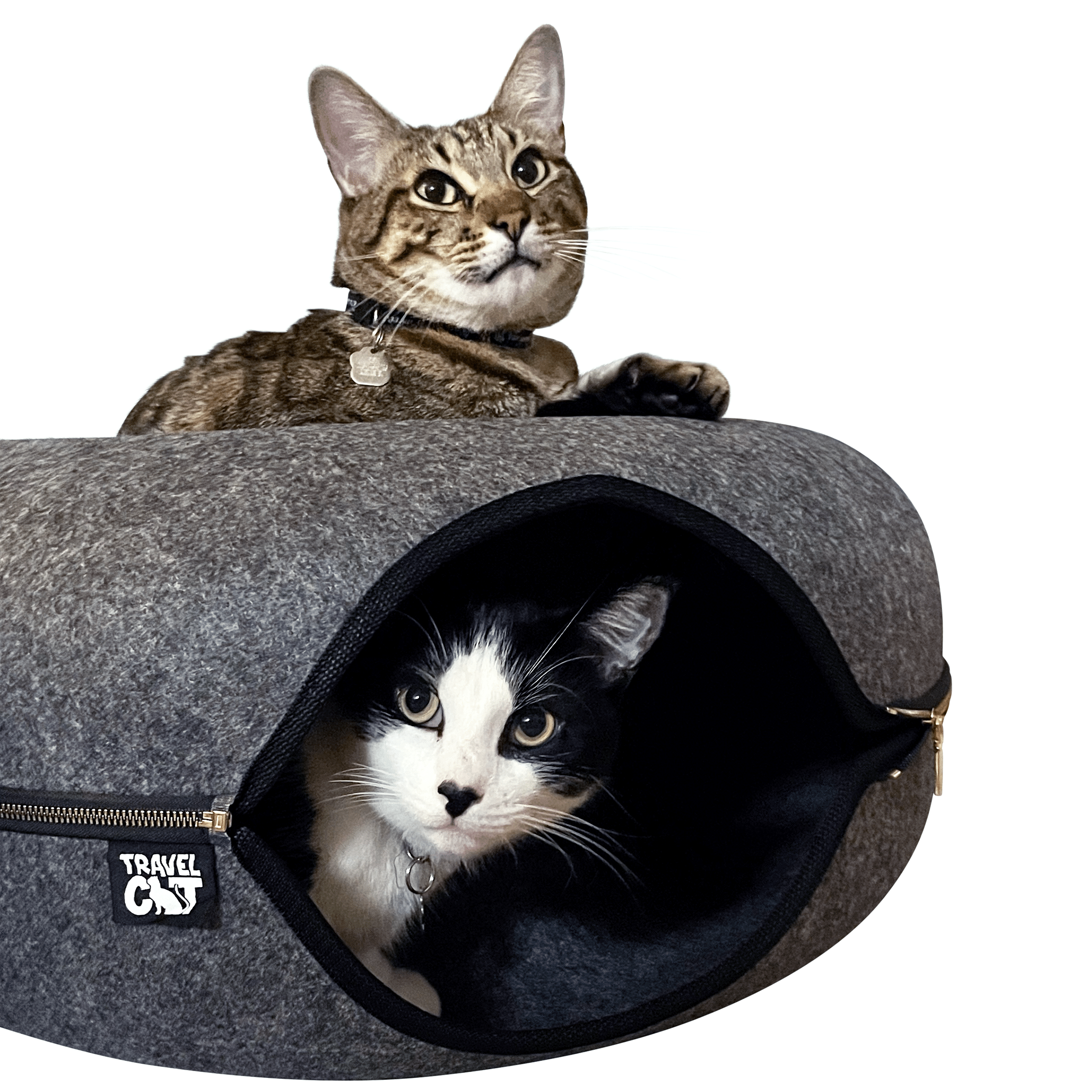
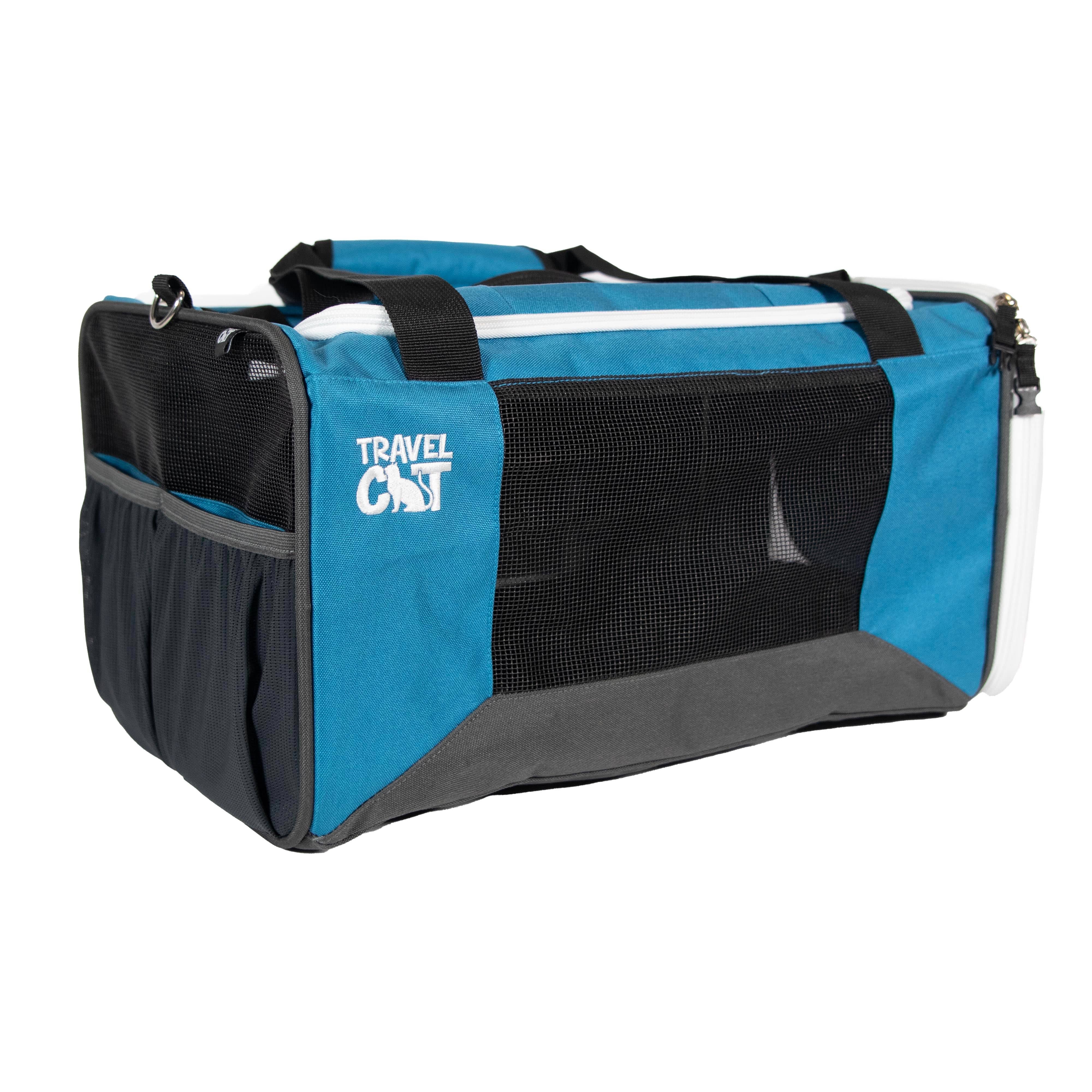
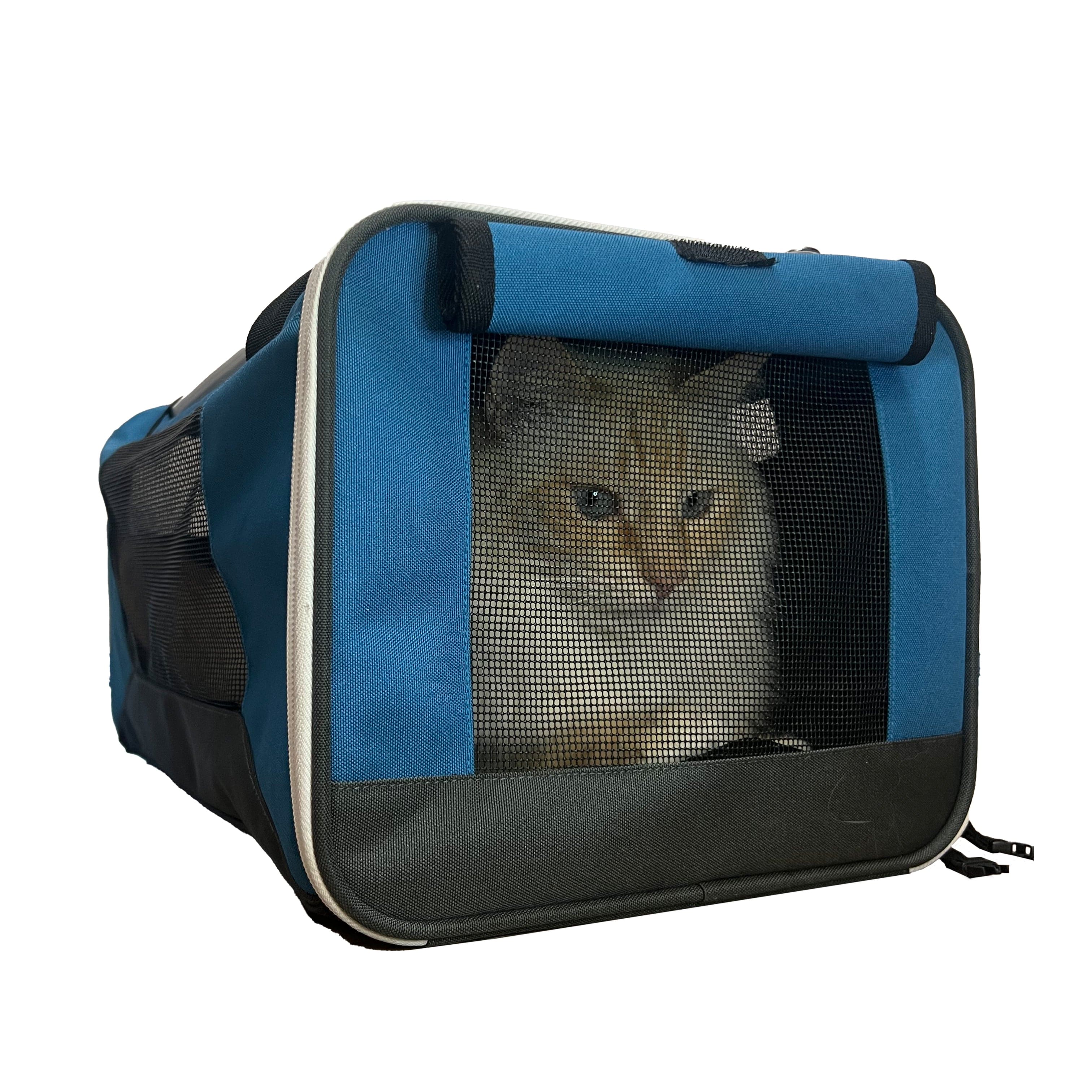
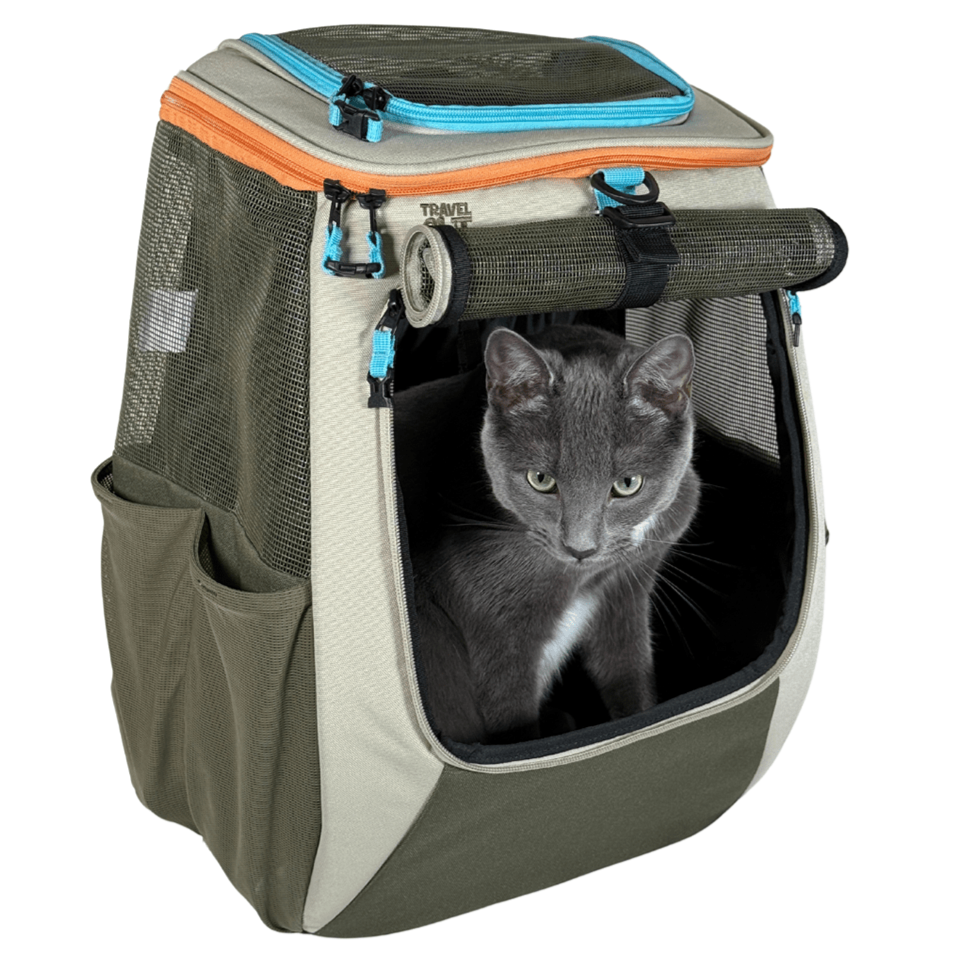
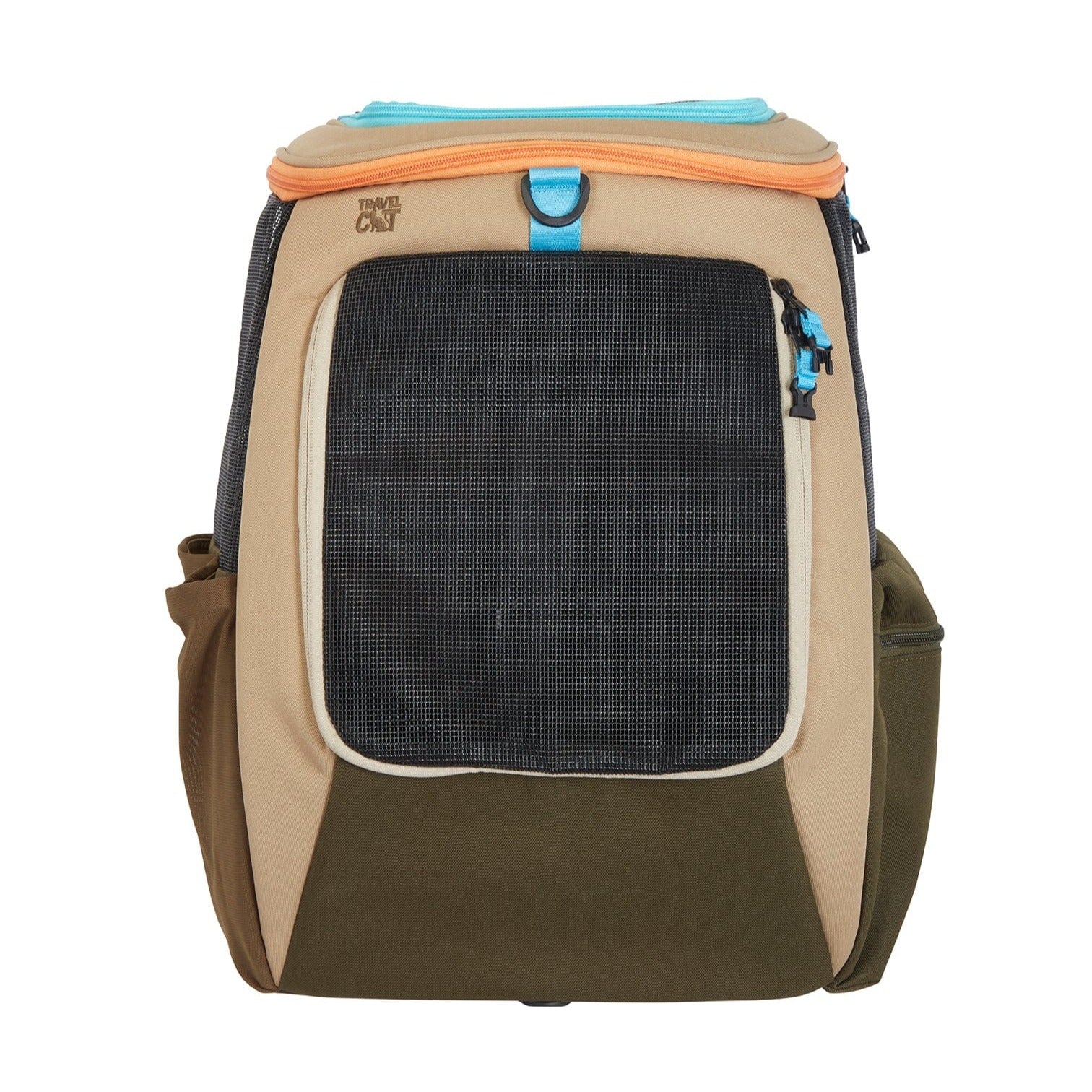

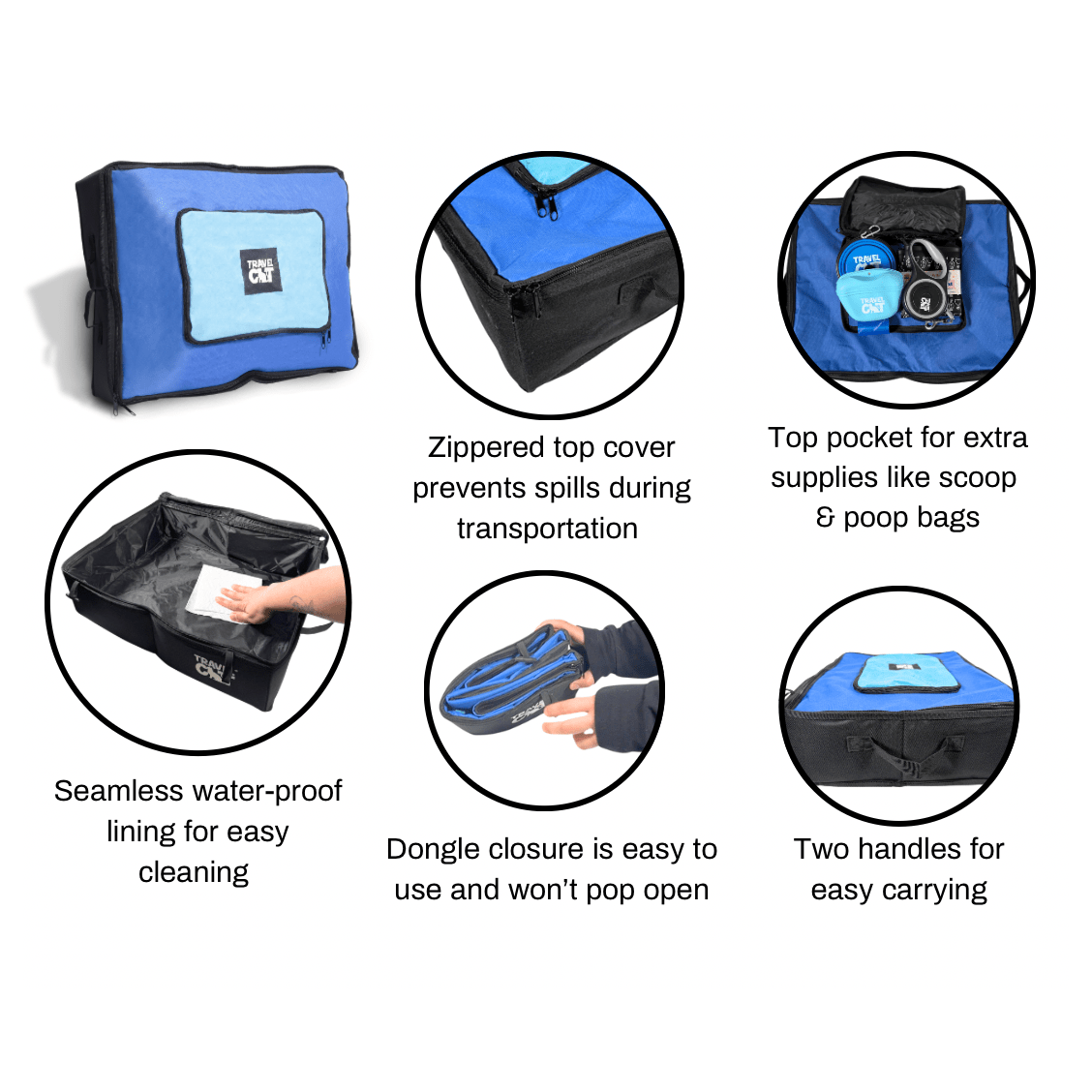
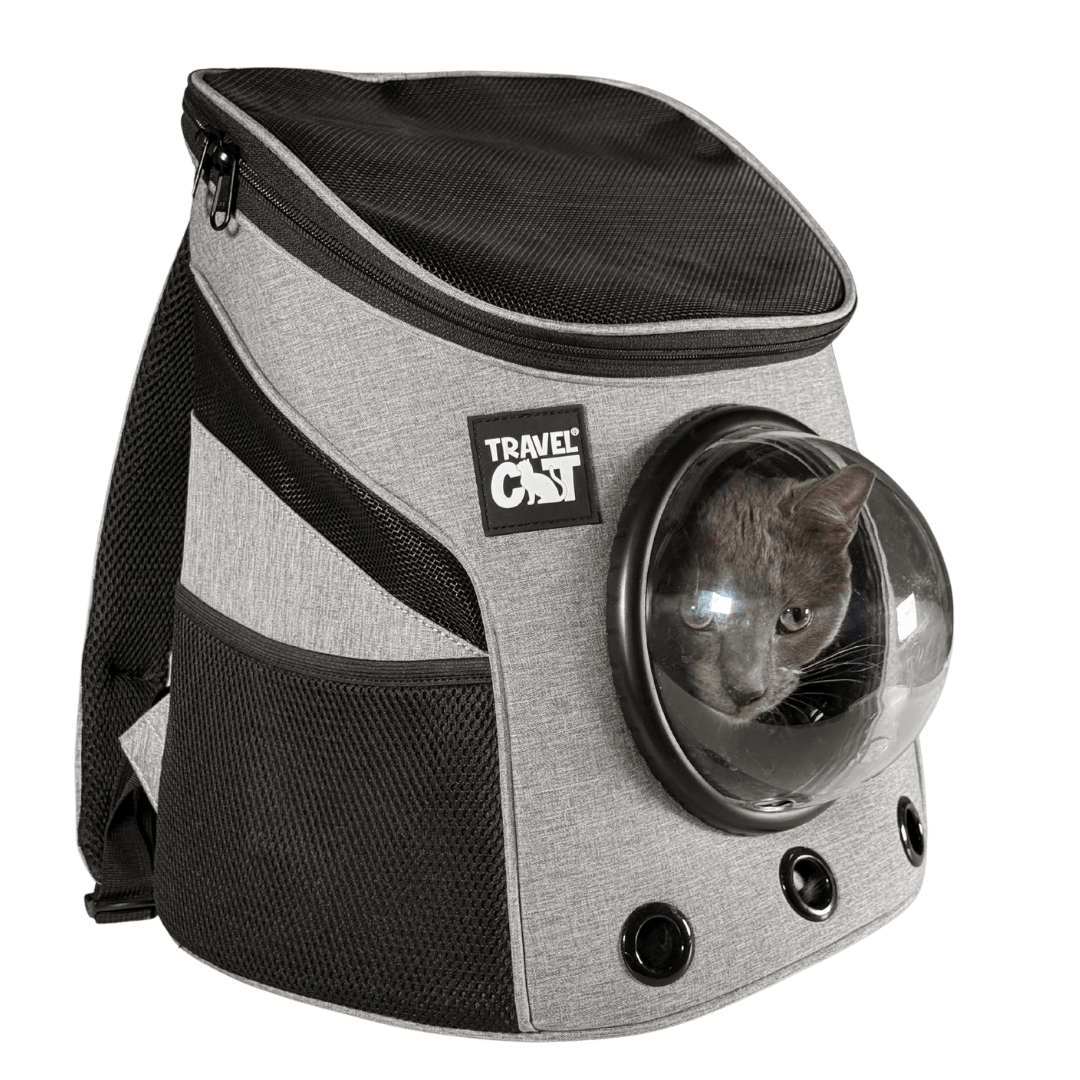
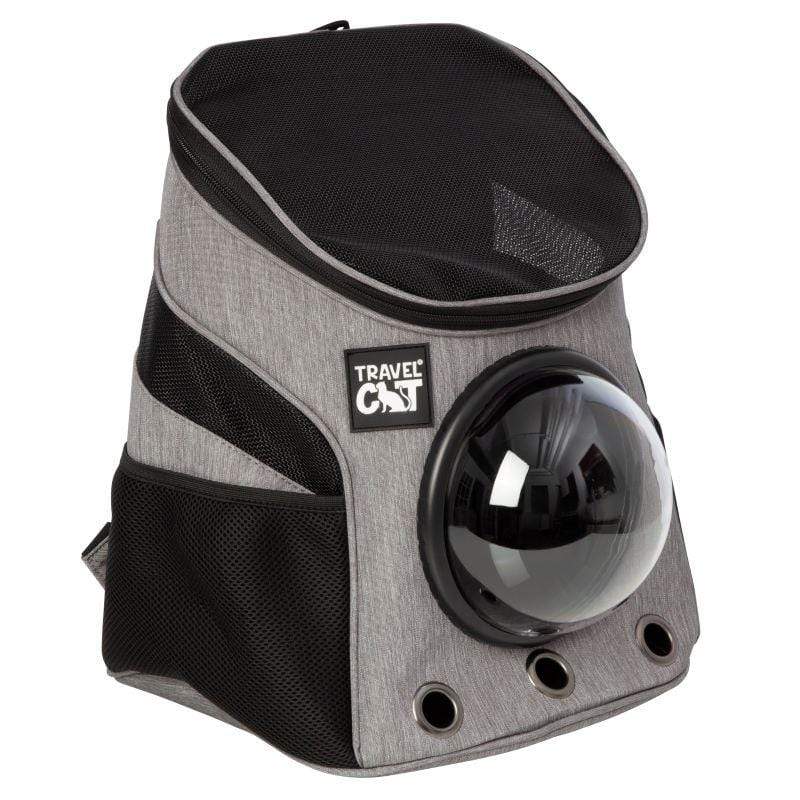
Leave a comment
This site is protected by hCaptcha and the hCaptcha Privacy Policy and Terms of Service apply.